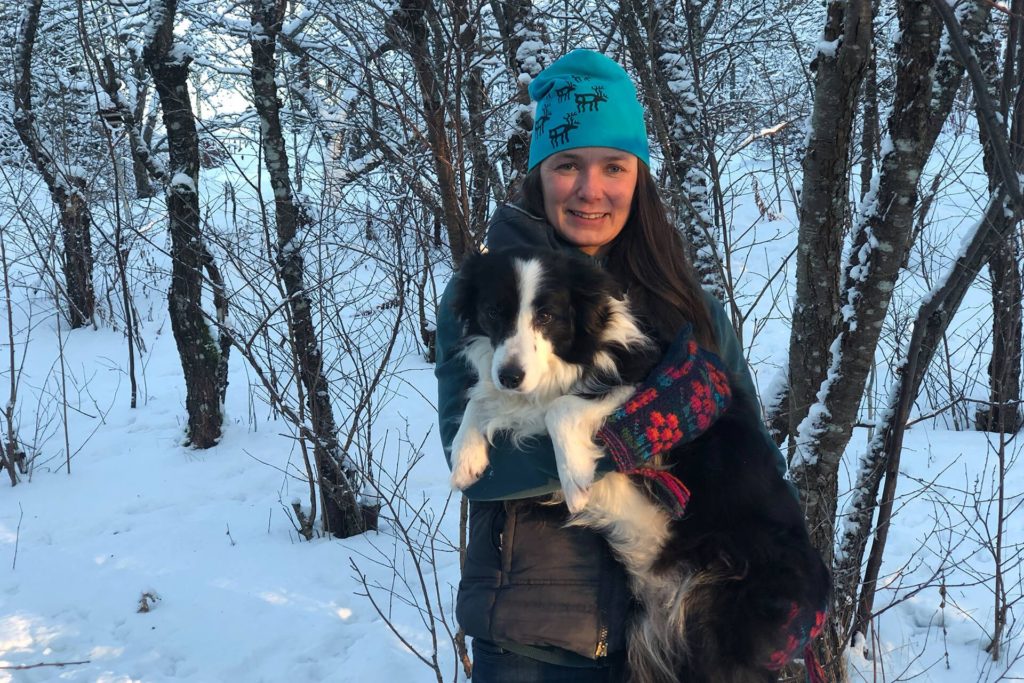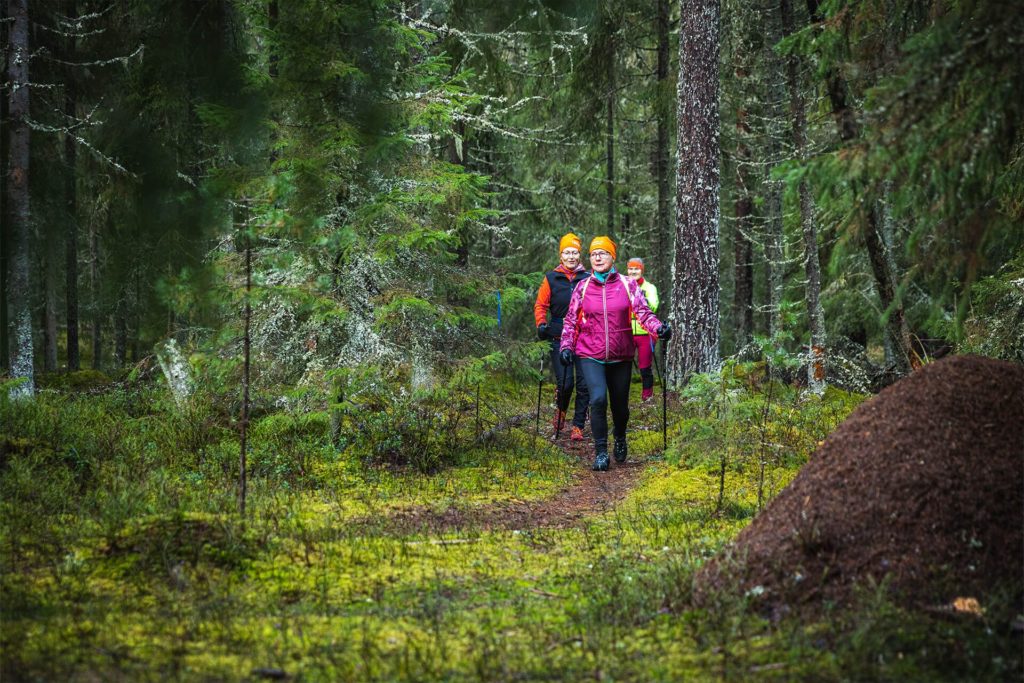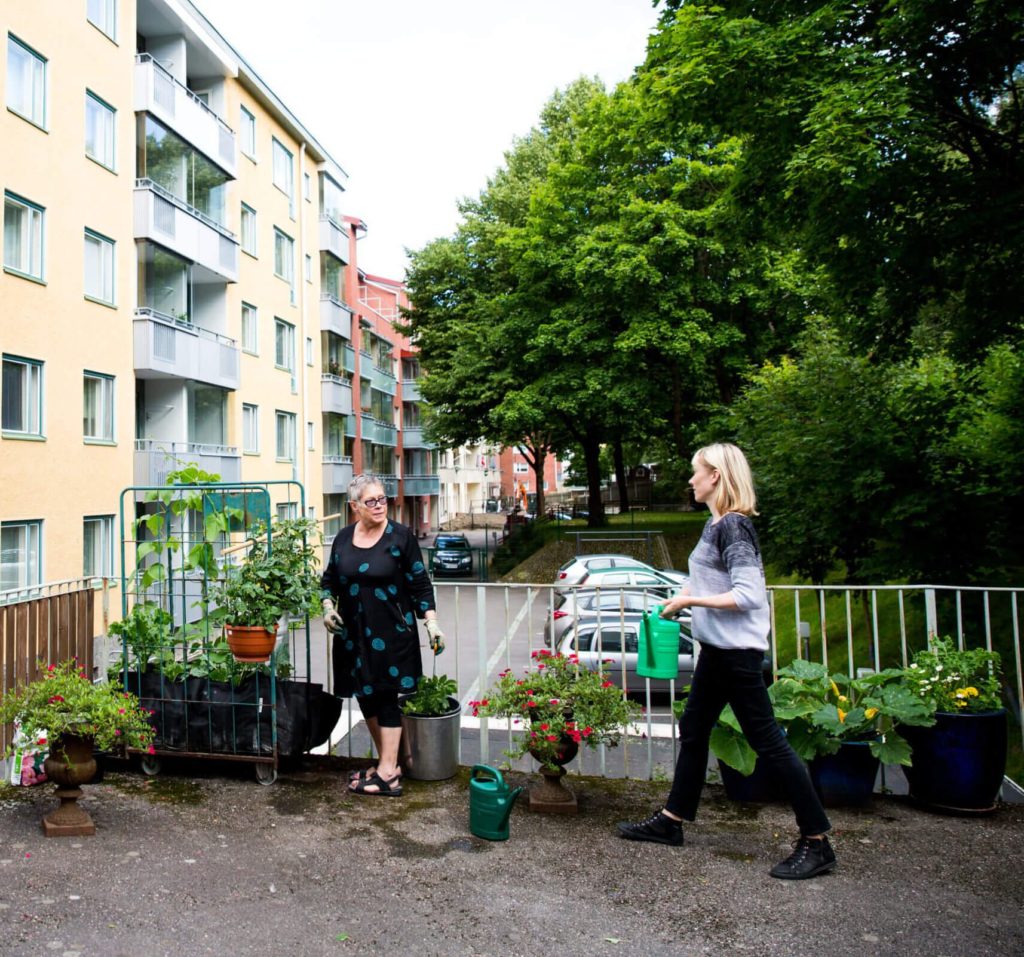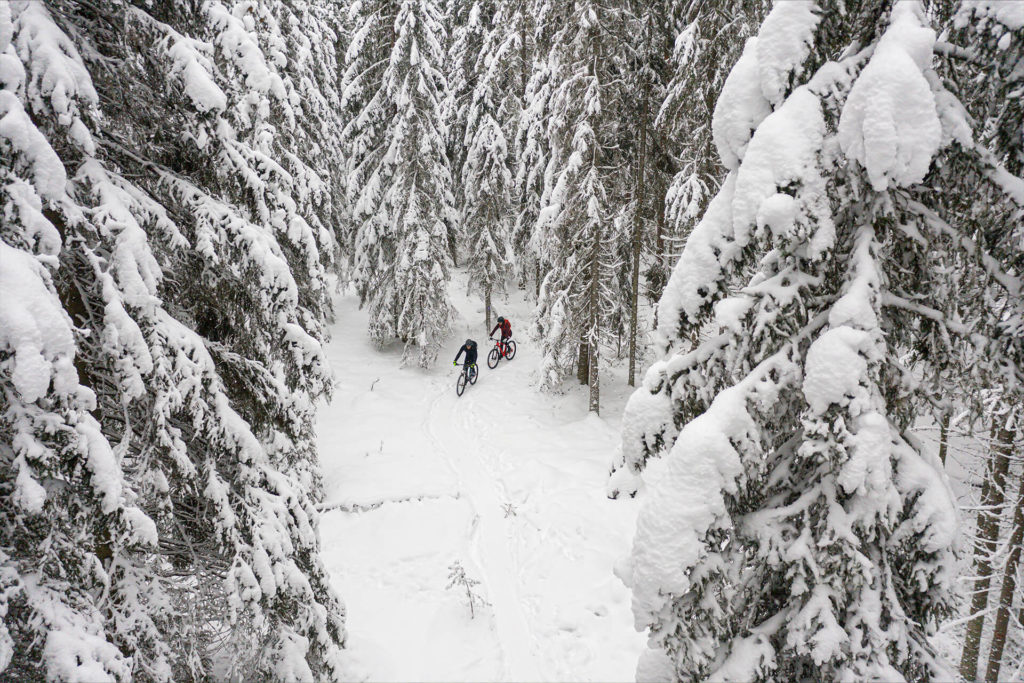Finland’s first ‘Planetary Health Physician’, Dr. Hanna Haveri talks about her contributions to ongoing urban greening initiatives in the city of Lahti.
In November 2021, the City and Region of Lahti announced a 10-year initiative to bring the nature and public health agendas closer together: the Nature Step program. Guided by the concept of Planetary Health – which recognizes and emphasizes the links between human health and the state of natural systems – the local healthcare district and the governor of the program recruited a Planetary Health Physician to help align the efforts of medical, public health and urban planning professionals in the region.
Can you tell us more about the Nature Step program and the context in which you were hired?
The Nature Step program is a 10-year initiative to unite the health and environment initiatives of the Region of Lahti, the City of Lahti, and the Lahti University Campus. It continues the long-term tradition of environmental work that led to Lahti’s nomination as European Green Capital for the year 2021. We are joining forces so that we can benefit from each other’s knowledge and expertise to achieve better results in mitigating health issues, ecological problems and economical costs that originated from poor health. Currently, 95% of healthcare costs are spent managing diseases but only 5% go to disease prevention. We need to change that logic. It is there that nature comes into the picture.

What does a day in your role as Planetary Health Physician look like and how is it different from the day of a regular doctor?
I am employed as a Planetary Health Physician by the Päijät-Häme Joint Authority for Health and Wellbeing in the region of Lahti, and I am also a neurologist, working part-time in a clinic. As a Planetary Health Physician, I work with people who don’t have a healthcare background such as researchers and city administration staff and bring in my medical expertise. The main goal is to reduce the burden of non-infectious diseases such as diabetes, obesity, and mental health illnesses amongst the population. In our Health and Environment program, a good example for such projects is a nationally funded initiative to achieve more sustainable food systems in day-care that help children eat healthier diets and avoid food waste. At the same time, I have the same regular work of any other physician. Although the two roles are separated, they mutually influence each other.
Can you give an example?
In my job as Planetary Health Physician, I don’t have much contact with patients. It’s easy to drown in the planning of large projects and lose sight of everyday life and the issues patients bring up. But as a neurologist, I see patients all the time. So, I can always take the perspective of patients in my job as a Planetary Health Physician as well.
For example, now, as part of the EU-funded project GoGreenRoutes, the City of Lahti is developing a health forest near the city’s central hospital. Along with some other physicians, I take part in an expert group that considers what kind of patients could benefit most from the forest and if we could use it in patient rehabilitation. I try to visualize how we can benefit from nature and take the best out of nature without destroying it. I have also given some suggestions on how to make green routes more attractive for hospital patients.

What have you found out about the groups of patients who derive the most benefits from nature?
It is quite widely known that certain groups of psychiatric patients can benefit a lot from being in the forest. Children with regular contact with green areas have a wider spectrum of microbiota in their gut. We are also interested in studying the effects of nature on patients with neurological issues and on the rehabilitation of both children and adults.
What are the main challenges and obstacles to integrating nature into health care services?
One of the challenges is to motivate people to go out and use green spaces more, be more active and eat more sustainable food. I think that is the biggest challenge. It is a fact that in western countries people’s well-beings haven’t improved in years. It is worsening, with younger people suffering from obesity and type 2 diabetes. Another challenge is to raise awareness among politicians and decision-makers about the need to invest more in disease prevention. In Finland, there are also challenges related to urbanization and infill development (building in vacant spaces in already urban areas with new constructions) in cities, natural areas are too often subordinated to construction plans.

From your perspective, how can cities create green spaces that motivate hospital patients and regular citizens to use them more often? And how to create restorative spaces that enhance mental health?
Here in Lahti, we already have art installations in the forest. People can observe wildlife there, such as plants and birds. It would also be interesting to have more interactive trails such as adventure trails with tasks, activities and climbing areas for children. This helps motivate people to come back and not visit the forest only once.
For elderly people and those who are sick, we also need benches and other places where they can sit. Not necessarily metal benches, but benches that are natural and look comfortable.
Do you offer treatment outdoors to any of your neurological patients?
In neurology, this is quite difficult to do as we must be very time-efficient when in contact with patients. Timewise, it would be difficult to have appointments in nature. But it doesn’t mean that other healthcare professionals such as occupational therapists and physiotherapists can’t do it. Right now, we know that nature helps diminish stress, but we need more data proving that it is beneficial enough to justify outdoor appointments. We are trying to do experiments in Lahti where this data can be obtained.

What other experiences did you have as part of the GoGreenRoutes project so far?
We met some researchers from the ISGlobal Institute in Barcelona, and it was very interesting to exchange with countries and cities where the environment is very different from ours. Lahti is quite green and lush, we have a lot of forests, lakes, and water, but Barcelona is less green, even though there are beautiful parks. In Lahti, the challenge is that we are also altering our environment, and many of our forests are not natural anymore. We now are trying to do something about it and conserve nature to ensure there are also untouchable forests. It would be interesting to investigate the differences in the forests if nature is left untouched and what its effects on people would be.
Green Lahti
Winner of the European Green Capital Award for the year 2021, Lahti is one of the greenest cities in Finland. While the country is set to become carbon-neutral by 2035, Lahti aims to achieve that goal ten years earlier. The city also set up a consortium which invested €100 million on a more sustainable transport system in the city center through underground parking spaces, new bicycle lanes and wider pedestrian areas. Its new health forest, to be established near the city’s central hospital as part of the GoGreenRoutes project, funded by the European Union, will support the well-being and recovery of the healthcare center staff, patients and visitors, and be open to all residents seeking to bring nature closer to their everyday lives.